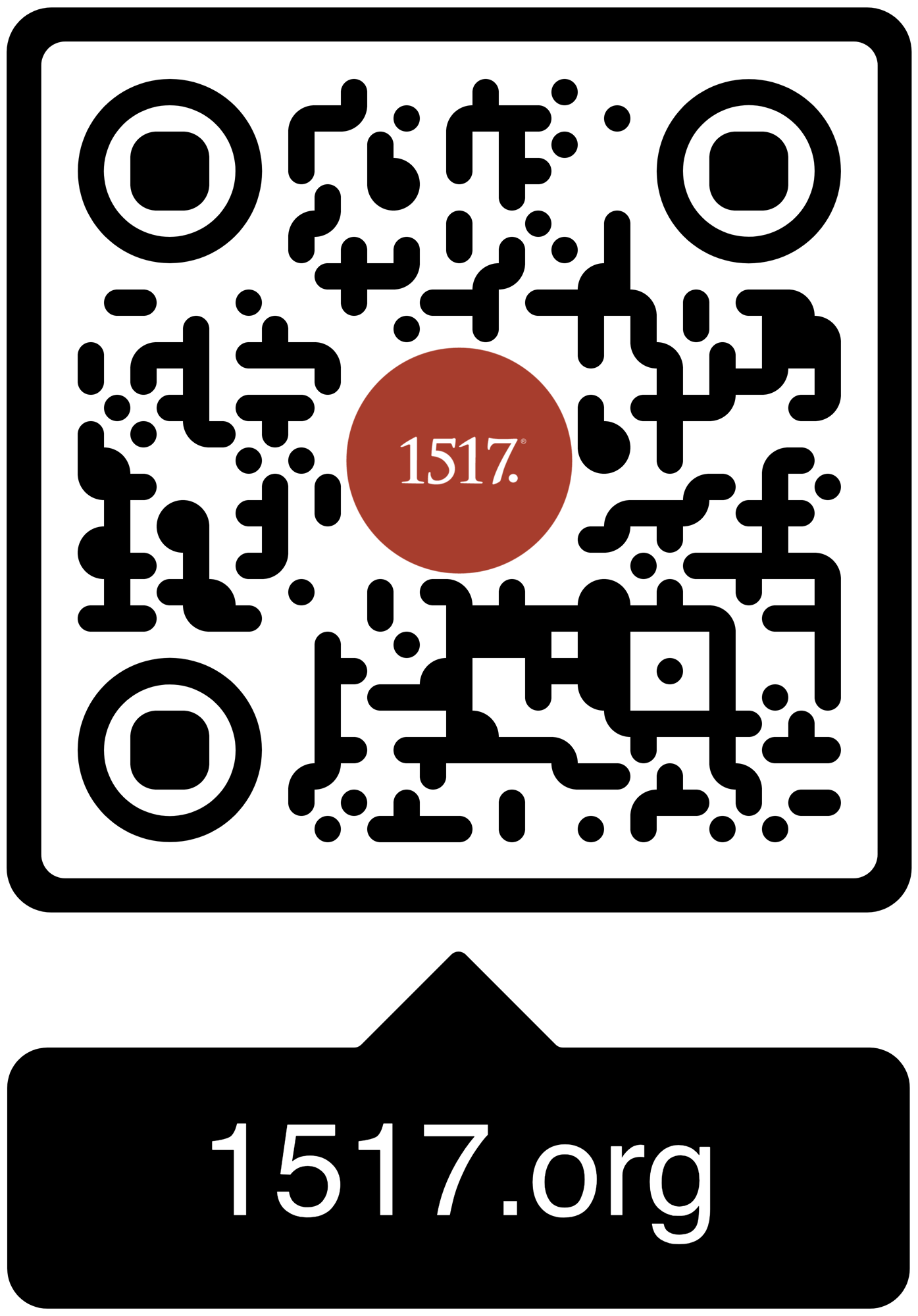The sinner who soberly faces her sin has no place to run but to a savior, and the savior to run to is at the cross. The cross is where sin goes to die.
The epistle this week introduces 6-7 weeks of 1 and 2 Timothy. The “greatest hits” of the pastorals selected in the Three-Year Lectionary pericopes include rich texts that tradition has adorned with liturgy and hymnody (for example, this week’s reading inspired “Immortal, Invisible, God Only Wise” and “Chief of Sinners Though I Be”) as well as cherished for catechesis and discipleship. But there are some challenging texts in the pastorals too. How to preach “qualifications of overseers and deacons”? Do I really want to dip into “let a woman keep silent” or tackle the weirdness of “she will be saved through childbearing”?
It is texts like that which make most preachers I know say a prayer of thanks that there are also Old Testament and Gospel texts to choose from. And what texts they are! Through these same weeks the people will hear the lessons of the prodigal son, the shrewd manager, the rich man and Lazarus, Jacob wrestling the angel, Cain and Abel, and the list goes on. It may seem easier just to treat a narrative or a parable, that the gospel seems more ready to hand.
My encouragement is to take on the challenge, and do not shy away from the more formidable texts. Your exegetical preparation and your creative sermoncraft will benefit you and your people for years to come as you wrestle with these letters from later in Paul’s career. And as a preacher, the pastorals are more than homiletical fodder, of course. Paul is writing to Timothy, a pastor. His advice, his commands, and his comfort are no less relevant for you in your role as shepherd to your hearers than they were for the young pastor and bishop of Ephesus. So, read, mark, learn, and inwardly digest, not just for the sake of your listeners, but for yourself as well!
One more pragmatic challenge for preaching these texts (at least imagining weaving them together cohesively, should you be envisioning a sermon “series”) is that this year presents a couple of alternate feasts at this point in the long season of Pentecost. September 14 is Holy Cross Day, and September 21 celebrates Saint Matthew the Evangelist. The rule of thumb is that when a principal feast like that falls on a Sunday, we celebrate the feast (which has its own lectionary offerings distinct from the Pentecost propers). Exercise the option that best cares for your people pastorally and confesses the historic Christian faith, and should you decide to take a festival field trip, I have some thoughts about their readings in a separate post.
On to some considerations about the Proper 19 epistle: 1 Tim 1:(5-11) 12-17. The parenthetical portion offers a solid teaching of the Law (contextually in response to wannabe law teachers): The Law is for sinners. That is what it is for. It is not for the just or the righteous. The Law is not for the new Adam, the new person rising from baptismal waters. The Law is for the old sinner, the old Adam, the recalcitrant ass who will not follow unless led by bit and bridle (Psalm 32). This is a major lesson for Christians who live their life simul iustus et peccator (at the same time justified and sinner), the Romans 7 life. Notice what Paul says here at 1 Timothy 1:8, that “the Law is good,” echoes his sentiment in Romans 7:16, that acknowledging sin, recognizing there is something wrong with me(!), is what the Law is for. It affirms the purpose of the Law. You could draw out an entire message on this basic distinction of law and gospel.
The Law is for sinners. That is what it is for.
And the rest of the pericope invites you to do so, as the most convenient text to get at the gospel in 1 Timothy 1 is the verses 12-17 section. This is where Christ is. He is the One who has given Paul strength, judged him faithful, appointed him to service, and given him mercy and grace (1:12-14), a descriptive crescendo that leads to the “chief of sinners” wisdom-saying climax (1:15). Jesus is teacher of all believers, employing a sinner like Paul as an object lesson (1:16), and Jesus is the object of the 1:17 doxology as well.
The wisdom-saying is the central point of the entire pericope, parentheses included. It best confesses the Christ in His person and work. Let your preparation radiate from there. Notice how there are two basic thrusts with the statement: Jesus Christ came to save sinners (universal), of whom I am chief (individual and personal). The second one first: Reflection on the individual and personal side of this statement underscores the fact that the statement is not just data, not just information. It is relevant to me. It is organic to my nature as a fallen, sinful, human creature. Like the proverb it is, the truth exposes my negotiations in measuring my niceness or naughtiness relative to my neighbor and busts me down to the bottom every time. There is no room for me to sing, “Chief of sinners though I be, at least that bozo is worse than me,” no. The apostle does not articulate the faithful saying, however, in order to boast about his depravity any more than to encourage his readers to embody depressive, self-deprecating, Eeyoreish despondency and guilt – Jewish, Catholic, Protestant, or otherwise. The purpose of the saying is to teach the heart, to convict the sinner, to prick her conscience to a sober confession, individual and personal. In other words, this is my fault, my own fault, my own most grievous fault.
And here is the purpose of the first thrust, the universal, that Jesus Christ came to save sinners. He saved sinners like Paul, yes, and Timothy, and all the bozos I compare myself to, but translated to me, personally and individually as part of that group, Jesus came to save sinners like me. Jesus came to save me. Jesus came – that is worth unpacking too, because that is where the cross must inevitably be delivered. The sinner who soberly faces her sin has no place to run but to a savior, and the savior to run to is at the cross. The cross is where sin goes to die. The Christ who faces the sinner with law faces him from the cross and says the law is for sinners. So, come to me at the cross. I will kill your sin, as the whole weight of the law for sinners comes down on me. He who knew no sin became sin for us (2 Corinthians 5:21). The cross is where sin goes to die, and sin indeed died there. That is the valance of “Jesus came.” And it is in Christ’s dying that your sin is gone. You are counted just in His atoning death, personally and individually (and the world of sinners universally). That is the valance of “Jesus came to save sinners.”
There are some “big sinners” in the gospel lesson assigned for today (Luke 15, the prodigal son). It may be worthwhile to think about measurement, judgmental attitudes, and how we estimate these things compared to how God does, in order to frame a meditation on “chief of sinners” in 1 Timothy 1. Here is a sample outline which plays on the “big, bigger, biggest” measurement motif to offer a patent law-gospel sermon on this pastoral pericope.
- Who is the biggest sinner you know?
- Scriptural: adulterous woman (e.g., Lk 7), prodigal son/older son (Lk 15), tax collector (Lk 18, 19)
- History: monsters like Pharaoh and other perpetrators of genocide
- As soon as we say “biggest” we are in the measurement game - chief of sinners though I be, at least that bozo is worse than me
- Measuring sticks are ridiculous when it comes to measuring our holiness, our righteousness, our justification, or our sanctification
- Sets me at odds with my neighbor
- Sets me at odds with myself
- Our measurements are always skewed anyway (another word for fallen!)
- Why can Paul say he is the chief?
- Yes, he did all that bad stuff (1 Tim 1:13; cf. Ac 7-9)
- But he can confess the truth about his sinfulness not on the principle of human measurement or what can be seen …
- Sinfulness is a principle of faith - we do not know how bad it really is (1 Jn 1:6, 8; Rm 3:23; etc.)
- How bad is it really? Lying? Stealing? Adultery? Murder? Well, at least I do not do this or that...
- The word that confronts us says your “sinner’s testimony” is even more colorful than Paul’s
- You are guilty of murdering God’s son (Ac 2:36-37)
- The law stares you in the face because it is for sinners (1 Tim 1:8-11)
- The face staring at you when you see the law is Christ from the cross (Is 53:4-6)
- He becomes chief of sinners for you; He becomes sin itself (vicarious atonement; 2 Cor 5:21)
- The good news: Jesus hangs there to kill your sin, your sins, your sinfulness
- Sin is dead. What you are left with is the savior.
- Be the biggest sinner? Measure only one thing. Be the biggest forgiven (Rm 5:20-21; Lk 7:47) – the best kind of measurement language (Is 1:18; Ps 103.12; 1 Tim 1:15)
- With the apostle, our faithful response is not guilt or repayment or going back to measuring, but simply doxology. To the God of illimitable and immeasurable attributes – to Him alone be the glory (1 Tim 1:17).
- Measuring sticks are ridiculous when it comes to measuring our holiness, our righteousness, our justification, or our sanctification
--------
Additional Resources:
Craft of Preaching-Check out 1517’s resources on 1 Timothy 1:(5-11) 12-17.
Concordia Theology-Various helps from Concordia Seminary in St. Louis, MO to assist you preaching 1 Timothy 1:(5-11) 12-17.
Lectionary Kick-Start-Check out this fantastic podcast from Craft of Preaching authors Peter Nafzger and David Schmitt as they dig into the texts for this Sunday!
The Pastor’s Workshop-Check out all the great preaching resources from our friends at the Pastor’s Workshop!





